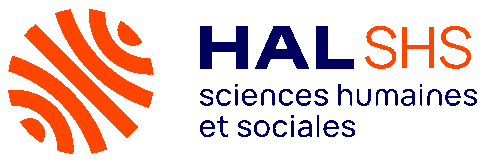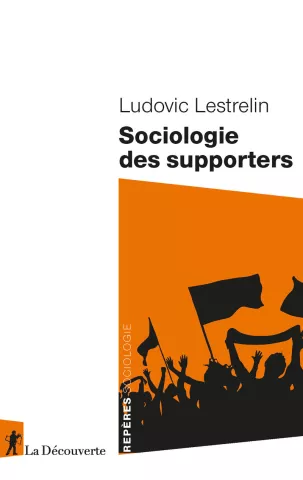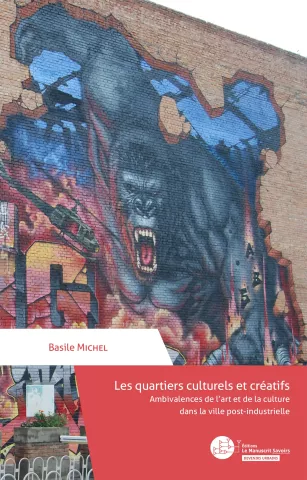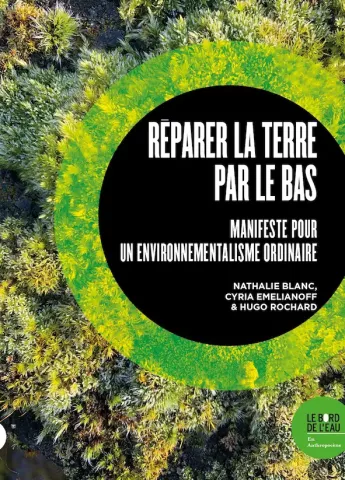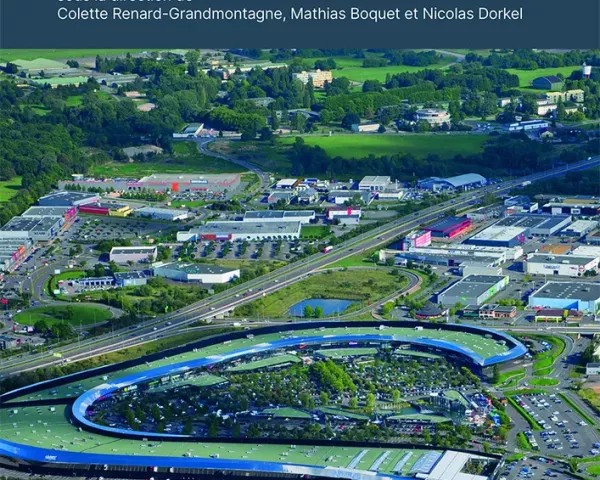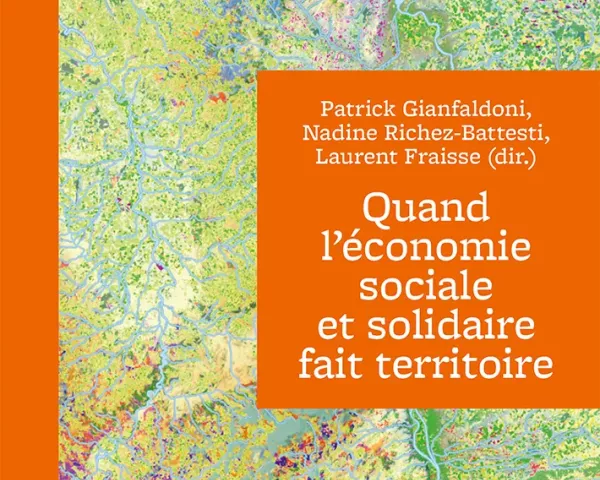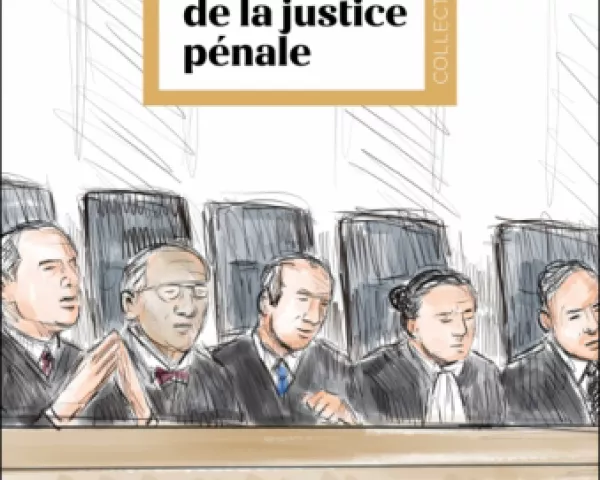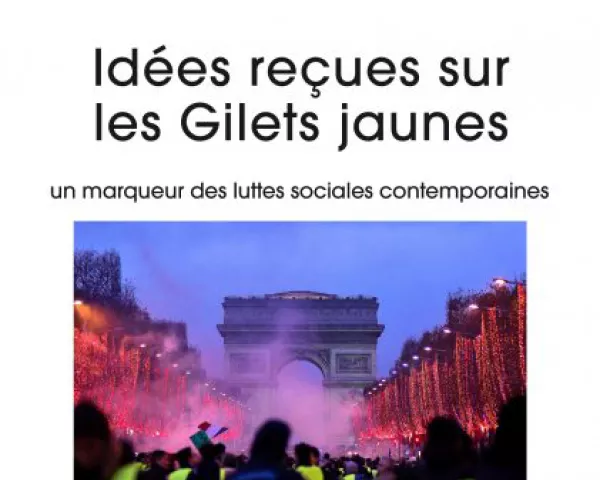Les derniers dépôts de Frédéric Fortunel
A social and cultural geography of the hobby poultry farming. The domesticities of Gallus gallus domesticus in France

Frederic Fortunel. A social and cultural geography of the hobby poultry farming. The domesticities of Gallus gallus domesticus in France. Geography. Le Mans Université, 2024. ⟨tel-04601298⟩
Using the example of hobby poultry farming, the aim is to present a social and cultural geography of the relationship between humans and hens by explaining how this relationship has been socially and spatially constructed and how humans have transformed this 'feathered dinosaur' from a ready-to-cook chicken to a ready-to-love hen. By combining historical and sociological approaches, we propose to bring to light the spatial aspects of hobby poultry farming, between networks of associations, breed networks and the reintroduction of animals into towns and cities. These multiple forms of agriculture help to rethink the traditional oppositions between nature and culture, amateur and professional, urban and rural, individuals and societies. In so doing, the aim is to contribute to a human-image geography that examines the way in which humans and animals form society and, in so doing, coproduce spaces.
Using the example of hobby poultry farming, the aim is to present a social and cultural geography of the relationship between humans and hens by explaining how this relationship has been socially and spatially constructed and how humans have transformed this 'feathered dinosaur' from a ready-to-cook chicken to a ready-to-love hen. By combining historical and sociological approaches, we propose to bring to light the spatial aspects of hobby poultry farming, between networks of associations, breed networks and the reintroduction of animals into towns and cities. These multiple forms of agriculture help to rethink the traditional oppositions between nature and culture, amateur and professional, urban and rural, individuals and societies. In so doing, the aim is to contribute to a human-image geography that examines the way in which humans and animals form society and, in so doing, coproduce spaces.

